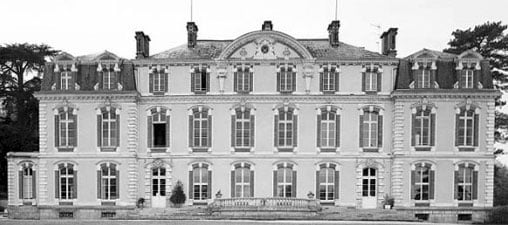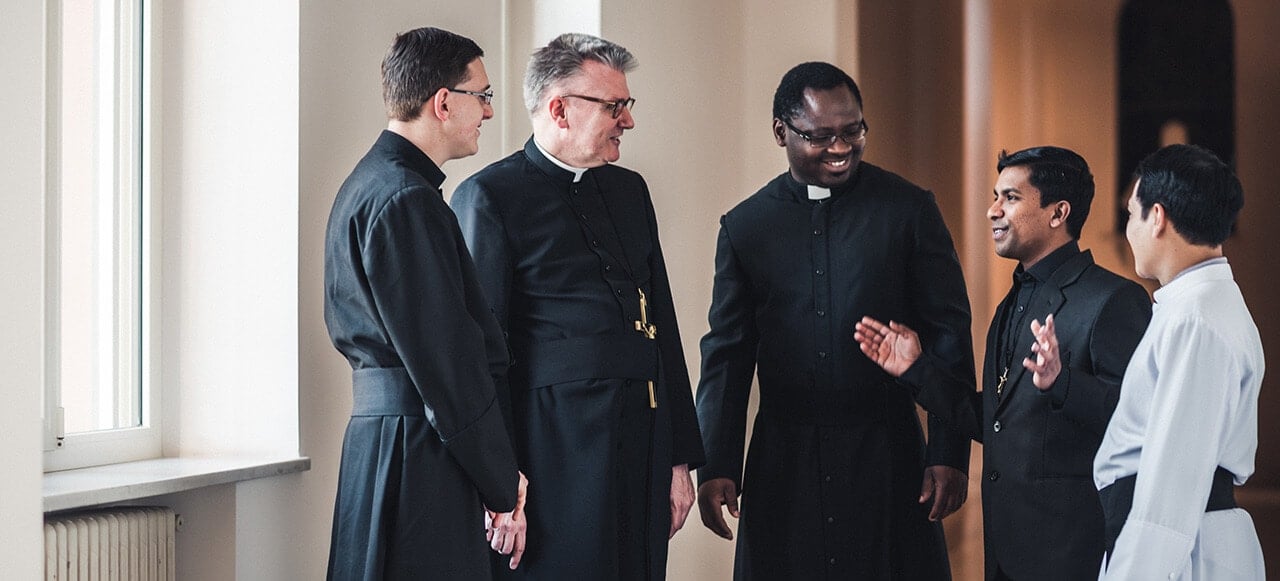July 24, 1994, marked the fiftieth anniversary of a drama that affected the Oblates in France, a few months before the end of World War II. In 1934 they had acquired a former castle at La Brosse-Monceaux, south of Paris. Ninety religious were living there, which included about 80 scholastics in their studies.

Since they had been under German occupation for four years, the “Resistance” was organized just about everywhere. At the end of June 1944, Allied planes had dropped arms by parachute in the area. In an effort to conceal the weapons, the head of the resistance at Montereau thought of the Oblate scholasticate as a natural place. With the connivance of the priest bursar, the arms were hidden, while the containers and the parachutes were dropped in an abandoned well at the end of the property. Only six other religious were involved in this secret exploit. Unfortunately, a member of the clandestine group was stopped by the Gestapo. He was secretly carrying, in spite of orders to the contrary, a note-book containing the names of all his comrades.
The fatal outcome
On the following July 24, the outcome was tragic for the Oblate community. At about six in the morning, the Nazis invaded the property and forced all the religious to come out and stand on the lawn in front of the monastery. An officer of the Gestapo, named Korf, ordered the members of the so-called plot to reveal where the arms were hidden. No one betrayed the secret. They were subjected to “water” torture, and lashings with a bullwhip, not a word… Then came the threat of killing one, two or even ten men, for as much time as everyone kept silent. The torturer raised his gun and first called Father Christian Gilbert. In front of the helpless and terrified community he was coldly shot. Then, at few minute intervals, the man executed Father Albert Piat, scholastics Lucien Perrier and Jean Cuny as well as Brother Joachim Nio. The priests who were witnessing the scene gave the victims absolution from a distance. The multiple killing would probably have gone further, if a superior officer, who just happened to arrive on the scene, had not intervened to end the slaughter. Korf ordered to dump the corpses in the well and cover them with dirt.
Some may perhaps ask why would religious men take an active part in this resistance to the invader? Father Henri du Halgouët, who barely escaped in this drama, answers the question: “The fact that La Brosse, was situated very close to an area of working people, at Montreau, evidently brought us in contact with people of all political opinions, especially with communists engaged in the armed combat. They would not have understood how we could set ourselves apart, and allow them to run the greater risks. Furthermore, it had never to us to use those arms. The role foreseen for us, in the case of battles in this area, was limited to providing healing care.
Epilogue
In the afternoon after the carnage, the surviving religious were led as prisoners to Compiegne. On the following August 25, they were put on a train for Germany. Fortunately, the “Resistance” had blown up the railroad tracks. The Red Cross was able to free the Oblates on September 1st. One after the other, the 85 survivors could return to their scholasticate at La Brosse, only to find it devastated from top to bottom.
André DORVAL, OMI
